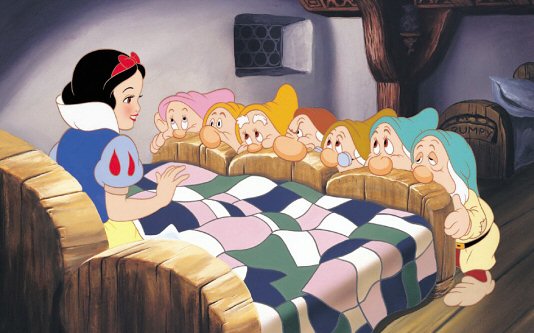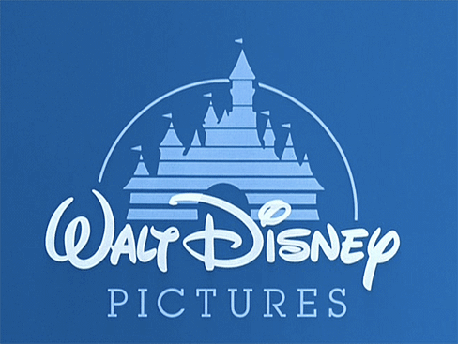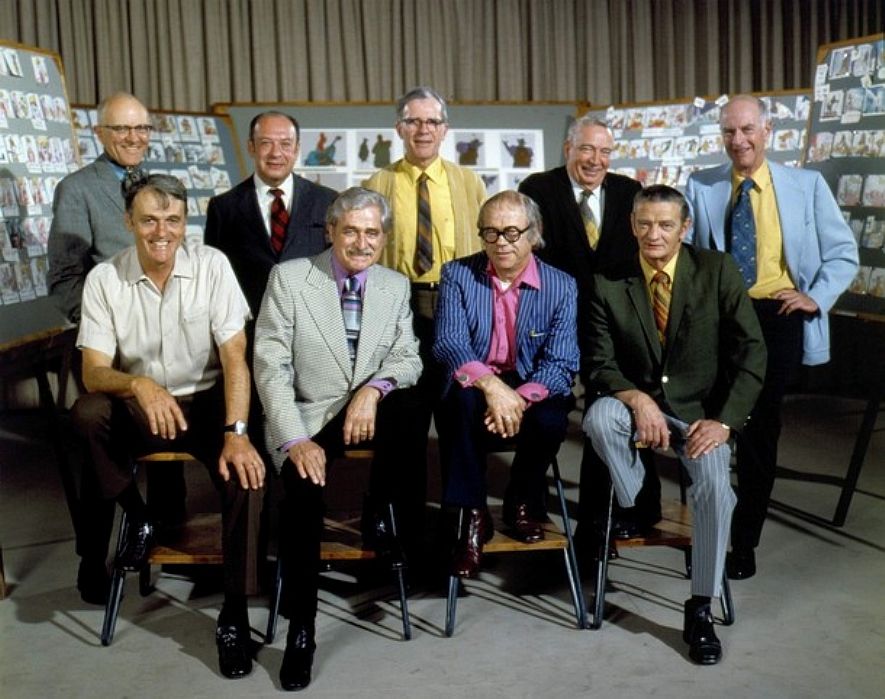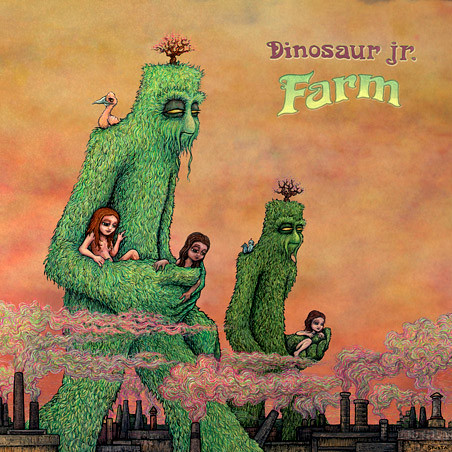
A lot of people do not really understand exactly how comics work. They seem shocked to learn that I usually go to the comic book store once a week and that books are released every Wednesday (with some minor exceptions). And then, when I tell them I have a "hold box" there where all the issues I want are stored for me until I arrive, they just start to think I am making it all up. But no. Comics retail is very different than any other kind of retail in many ways. Retailers love their "subscription" customers because it takes the guess work out of their ordering. Traditionally, they cannot return anything they order even if it does not sell, so knowing how many people want a certain issue upfront is very valuable. Many retailers even offer incentive discounts for customers who use this service.

Support your local comic book store
Many comics come out monthly, many others come out on less traditional schedules based on the speed of the creators. There have been many famous years long gaps between issues unfortunately (Planetary #27, being the most recent offender), but it is the nature of the medium.
Marvel comics is referred to as one of the "Big Two," the other being DC. They are famous for such heroes as Spider-Man, The X-Men, Thor, Captain America, Daredevil, and more. They have been dominating the sales charts for the last few years with a lot of big event comics including Secret Invasion, Civil War, House of M and more. They are traditionally known for a more real world approach to superheroes, though they have made great effort to rebuild their cosmic heroes in recent years as well.
Here is a list of all the single issue (usually about 16-64 story pages, with the standard being 22) Marvel comic books I currently buy with a brief summary.

Captain America/Captain America: Reborn: Ed Brubaker has been telling an amazing story with Captain America for several years. In that time he has done some bold things such as killing major characters, and bringing other long dead ones back (I am pointlessly attempting to avoid spoilers here). All the while he has been weaving one awesome story that deftly combines super heroics, espionage, and mystery to tell a mature, modern classic in the genre. The big event in Captain America:Reborn, is almost a let down simply because I was so enjoying the direction of the series beforehand, but I still have faith in Brubaker for now. The artists he has teamed with, including Steve Epting on the main series and a Bryan Hitch/Butch Guice combo for the current miniseries, are also putting out some career defining work. Captain America: Reborn will be rapping up shortly and the best jumping on point will probably be Captain America #602, which will be out in the next few months. There are two hardcover collections you can buy to catch up in the mean time that compile issues #1 through 42 (the numbering switched to the original series order for the #600 celebration) and a Captain America: Reborn collection will, no doubt, be out in a few months.

Fantastic Four: I have long admired the idea of the Fantastic Four but have never invested in the series much, besides some exploration of the original Stan Lee/Jack Kirby run. I am not sure what it is that kept me away, but I know what finally got me on board: Jonathan Hickman. Hickman has earned quite a reputation in the last few years by putting out some very eye catching, high concept stories. His work on The Nightly News and Pax Romana was enough to get me to follow him anywhere. So far, his Fantastic Four run has mostly been a house cleaning effort, but an entertaining one at that. He seems to understand the big action/small family moments balance that the book requires. He has only written four issues, but I am already looking forward to where his story is going. Dale Eaglesham is big on drawing ridiculously muscled figures, which takes some getting used to, but his handling of action and character design is impressive. You can probably still find all four issues on the stand, or wait for a first trade later this year.

Invincible Iron Man: This series is 20 issues in, and so far it is the best Iron Man comic I have ever read. Writer Matt Fraction, whose work on Image's Casanova first caught my attention, is writing one of the best ongoing superhero books available. Iron Man, aka Tony Stark, was a successful business man and hero, but all that has changed. Fraction has stripped Tony of everything that made him who he was. Currently Tony is in a coma, and now we get to see how Fraction slowly will rebuild the man and the hero. Fraction clearly understands Tony Stark and how to tell a great action story. The pacing is almost always perfect. The character interactions are engaging. This book is taking better advantage of the Marvel Universe's current status quo (where Norman Osborne, formerly known as the Green Goblin, is calling the shots) than any other series I have seen. Salvador Larroca's art is also a solid fit most the time. His grasp of mechanical designs is impressive. His figure work is occasionally awkward, but he seems to be getting better as the series progresses and having a single artist on an extended run is always nice. A new arc just started with issue 20 and it seems to be a good jumping on point (though it did jump in price to $3.99 unfortunately). Issues #1 through 19 are being collected in one over-sized hardcover so that would also be a great way to catch up.

Secret Warriors: This is another fairly new series by creator to watch, Jonathan Hickman (with some initial help by Brian Michael Bendis). Hickman seems to have big plans for this book, and watching them unfold has been an intense ride so far. Secret Warriors is primarily focused on Nick Fury, rebel S.H.I.E.L.D. agent and the group he has gathered to oppose the now corrupt organization. Hickman has introduced some new young characters, but it is hard to compete when Nick Fury shows up. Sometimes I just wish I was reading a Hickman Nick Fury book. The dialogue is always great. The pacing seems to fluctuate a bit from issue to issue, but so far I have had a great time watching the story unfold. Alex (son of Ares, God of War), and current God of Fear is also proving to be an interesting character in the hands of Hickman and some of the other new characters definitely seem promising. This book is also making good use of the Marvel Universe's precarious position. The series has two artists that will switch off between arcs. Stefano Casselli has been working on several Marvel books over the last few years, really honing his style. While he would not have been my first choice for this kind of book, he has proven to actually be a solid fit, by toning down some of the cartoon like elements of his style. Italian artist, Alessandro Vitti has also impressed me with the detail he has brought to Hickman's world in this book. There is a collection of the first arc out now that would be the most logical starting point.

X-Factor: Peter David has had a long career in comics, including a defining run on Incredible Hulk and an extended run on a previous incarnation of X-Factor. Several years ago David did a miniseries called Madrox, that set up this ongoing series. Madrox was a strong start to a very solid long form story. This is not a typical X-Men comic, in that it relies more on character development and comedy than epic plot movement. The story focuses on Madrox, the Multiple Man, and several other mutants that would generously be described as B list. These characters spend most their time in various dramatic (read soap opera-y) situations, in between solving occasional mysteries in a self aware noir style. David has done well to tell his story in a universe that has changed dramatically multiple times since he started plotting the series. This is not my favorite book, but it is consistent in telling an entertaining story and building characters you root for. Sometimes the jokes aren't funny, but when they hit, they hit strong. There are also a number of strong payoffs to the character development that recall Joss Whedon's style in shows like Buffy: The Vampire Slayer and Angel. Unfortunately, the book has never had a very consistent art team, and that has really affected my overall enjoyment of the series. In a perfect world, Ryan Sook would have done every single issue, and this series would probably be selling through the roof. Lately, the art seems to be slightly more consistent though, and David seems sincere in his goal to work on that problem. A good jumping on point would be the upcoming issue #200, which promises to bring a lot of change, and hopefully a shot in the arm, to this little series. It would also be worth checking out a trade of that Madrox series if you can find it.

Astonishing X-Men: I found Joss Whedon's run on this series to be one of my favorite X-Men stories ever, and I was excited to hear that Warren Ellis would be following that run. So far that excitement has not been completely betrayed, but I am slightly less interested in where this story is going than I was a year ago. Ellis' first arc, Ghost Boxes, was a cool little story full of the big sci-fi ideas and snarky dialogue he is known for. The biggest problem with the story was the massive delay between issues and negative PR surrounding a $3.99 price tag for a 16 page story. Many people seemed to take issue with the art as well, though I enjoyed Simone Bianchi's non-traditional style. The second arc seems to be coming out more regularly, and with artist Phil Jimenez (stylistic heir to comics legend George Perez and frequent artist on Grant Morrison's defining New X-Men run) on board, there are a lot less easy reasons to ignore this book. So far it has been a solid X-Men story, and Ellis' take on characters such as Emma Frost, Agent Brand, and Beast is enough to keep me buying. I would start with Whedon's run which has been collected into one awesome omnibus, but at least flip through the collected edition of Ghost Boxes as well.

Criminal: Published under Marvel's Epic line, you can read more about my opinion of this series here.
There are a lot of other great Marvel titles on the stands these days, but these are what I budget for on a mostly monthly basis. Up next: DC Comics.



























